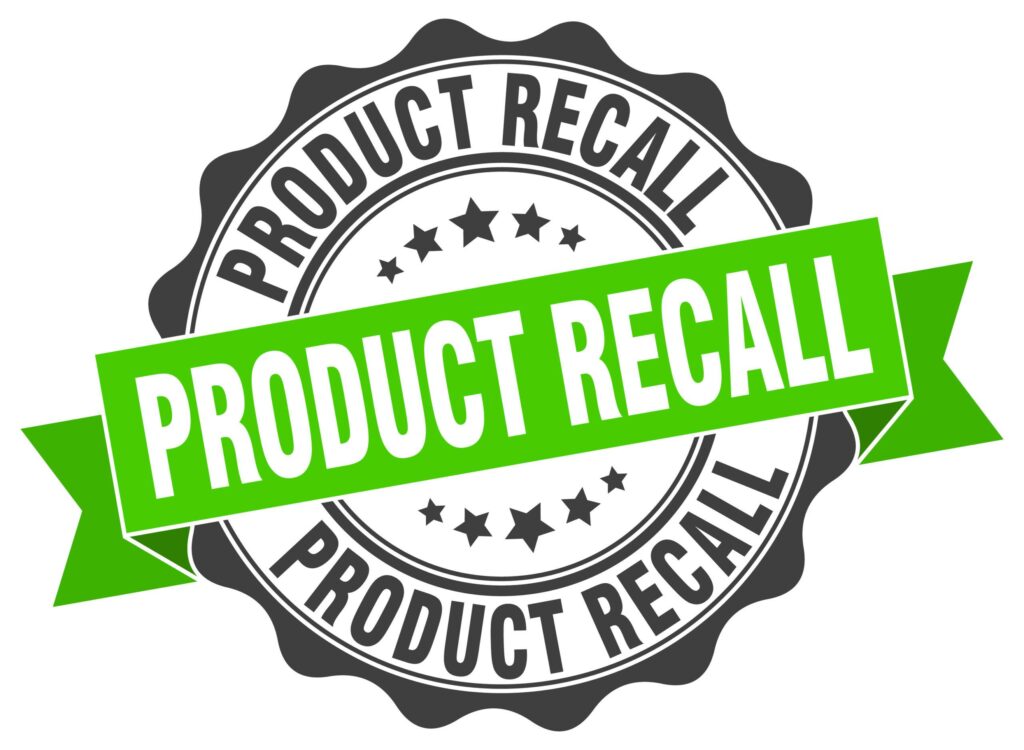Table of Contents
- Widespread Recalls Raise Consumer Safety Concerns Across Multiple Industries
- Identifying Common Causes Behind Product Malfunctions and Safety Failures
- Regulatory Responses and Enhanced Oversight Amid Rising Recall Rates
- Best Practices for Manufacturers to Prevent Future Safety Risks and Protect Consumers
- Future Outlook
Widespread Recalls Raise Consumer Safety Concerns Across Multiple Industries
The recent surge in product recalls highlights significant challenges within various sectors, affecting everything from consumer electronics to automotive parts. Companies are grappling with issues related to manufacturing defects, improper testing protocols, and design flaws that pose potential hazards to end users. These widespread actions serve as urgent reminders of the critical need for enhanced quality control measures and rigorous safety compliance to protect consumers from unforeseen risks.
Industry experts emphasize that the scale of these recalls reflects growing vigilance from regulatory bodies and heightened consumer awareness. Key areas of concern include:
- Electrical appliances prone to overheating and fire risks
- Children’s toys containing hazardous materials or choking hazards
- Automotive components with malfunctioning safety features
- Household products exhibiting chemical exposure dangers
As companies respond swiftly to address these vulnerabilities, the episode underscores the importance of transparency and proactive communication, ensuring consumers remain informed and safeguarded against faulty products.
Identifying Common Causes Behind Product Malfunctions and Safety Failures
A significant proportion of product recalls can be traced back to underlying issues during the manufacturing and design phases. Design flaws often emerge from inadequate testing or failure to anticipate real-world usage scenarios, leading to unexpected safety risks. Additionally, material defects, such as the use of substandard or inappropriate components, can compromise product integrity, causing malfunctions or hazardous conditions. The complexity of global supply chains also introduces variability in quality control, where even minor lapses during assembly or sourcing may result in widespread failures affecting consumer safety.
Another frequent contributor to recalls stems from software or firmware errors, particularly in tech-driven or smart devices. Bugs or glitches not detected in pre-release phases can create vulnerabilities, sometimes allowing unsafe operation or system crashes. Furthermore, improper labeling, insufficient instructions, or absence of critical warnings exacerbate risks by leaving consumers unaware of potential hazards. Key factors behind these failures typically include:
- Poor quality assurance and testing protocols
- Inadequate regulatory compliance checks
- Lapses in supplier verification processes
- Failures in post-market surveillance and feedback analysis
Regulatory Responses and Enhanced Oversight Amid Rising Recall Rates
In response to the surge of product recalls attributed to safety hazards and operational failures, government agencies worldwide have intensified their regulatory frameworks. These enhanced measures aim not only to safeguard consumers but also to hold manufacturers accountable while fostering transparent communication throughout the recall process. Key initiatives include:
- Stricter reporting requirements obligating companies to promptly disclose defects and potential risks.
- Increased frequency of product inspections to identify problems earlier in production cycles.
- Implementation of advanced tracking systems for improved recall execution and consumer notification.
Additionally, oversight bodies are collaborating closely with industry stakeholders to develop comprehensive safety standards and educational campaigns. These efforts are designed to minimize future incidents by promoting best practices in design, manufacturing, and post-market surveillance. As regulatory scrutiny heightens, manufacturers are also investing in enhanced quality control technologies, which are expected to reduce malfunction rates and restore public confidence.
Best Practices for Manufacturers to Prevent Future Safety Risks and Protect Consumers
Manufacturers are urged to embed a culture of safety from the earliest stages of product development. This means integrating comprehensive risk assessments, rigorous testing protocols, and real-time quality control to catch potential hazards before products reach consumers. Employing advanced technologies such as AI-driven analytics and IoT-enabled monitoring can help detect anomalies that traditional inspections might miss. Additionally, fostering cross-departmental collaboration ensures that safety considerations are prioritized alongside design and functionality, creating an end-to-end shield against defects and malfunctions.
To maintain consumer trust and minimize liabilities, companies should adopt proactive communication strategies and transparent reporting mechanisms. This includes:
- Implementing centralized databases for tracking product performance and complaints in real-time.
- Regularly updating safety training programs for employees to stay abreast of emerging risks and industry regulations.
- Engaging third-party auditors to provide unbiased evaluations of manufacturing processes and compliance.
- Establishing rapid response teams capable of swiftly executing recalls or corrective actions when safety issues arise.
By rigorously applying these best practices, manufacturers not only protect consumers but also safeguard their brand reputation against the escalating financial and legal repercussions of widespread product recalls.
Future Outlook
In conclusion, the recent surge in product recalls underscores the critical importance of stringent safety standards and proactive quality control measures across industries. As manufacturers and regulators work to address these issues promptly, consumers are advised to stay informed and exercise caution when using recalled products. Continued vigilance and transparency will be essential in restoring public trust and ensuring that safety remains a paramount priority in product development moving forward.Check Our Other Blogs
- StunGun – Your Trusted Source for Stun Guns, Laws, and Self-Defense Tips
- PepperSprayLaws – Your Trusted Resource for Pepper Spray Information
- StunGunLaws – Your Trusted Guide to Stun Gun Legality and Safety




